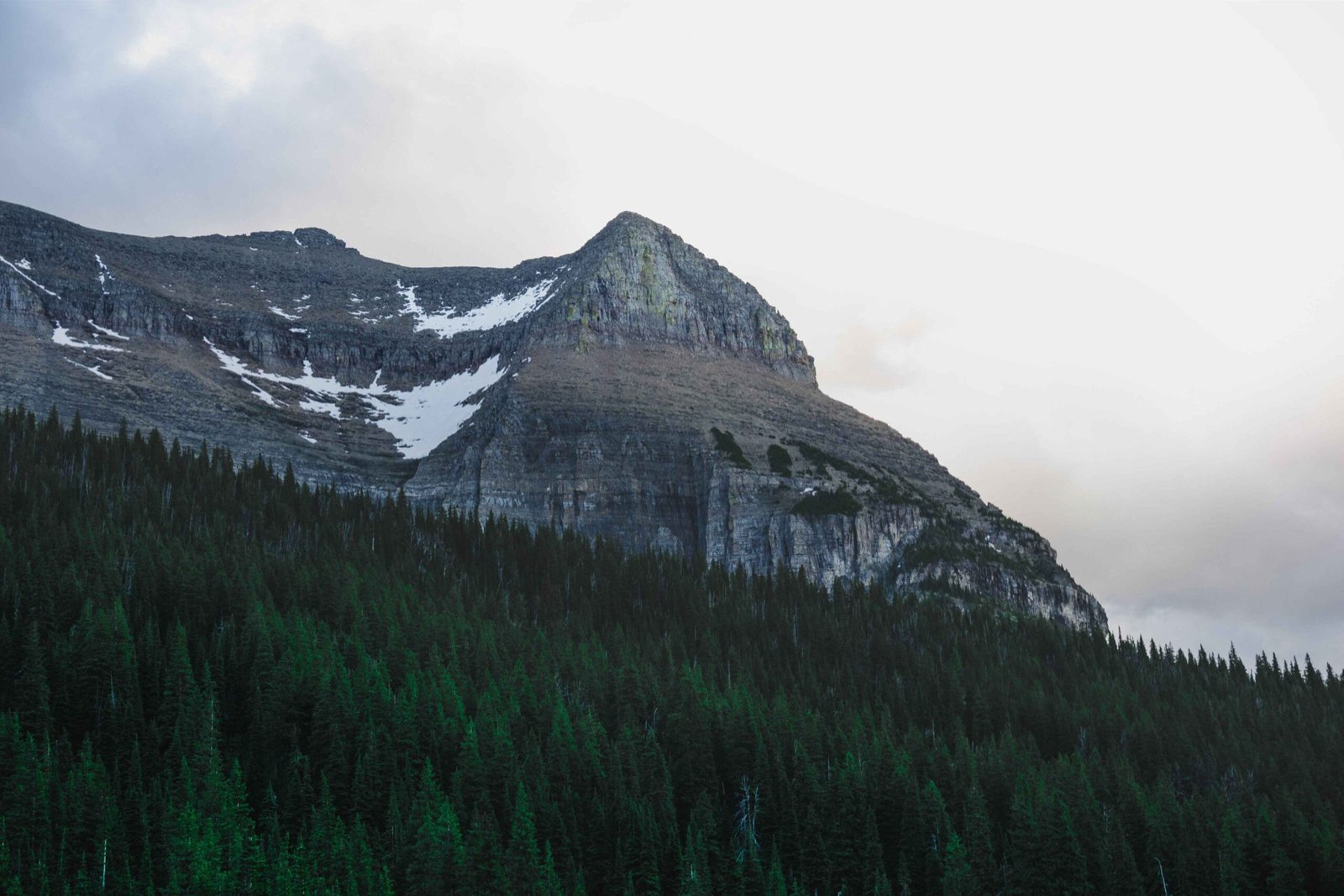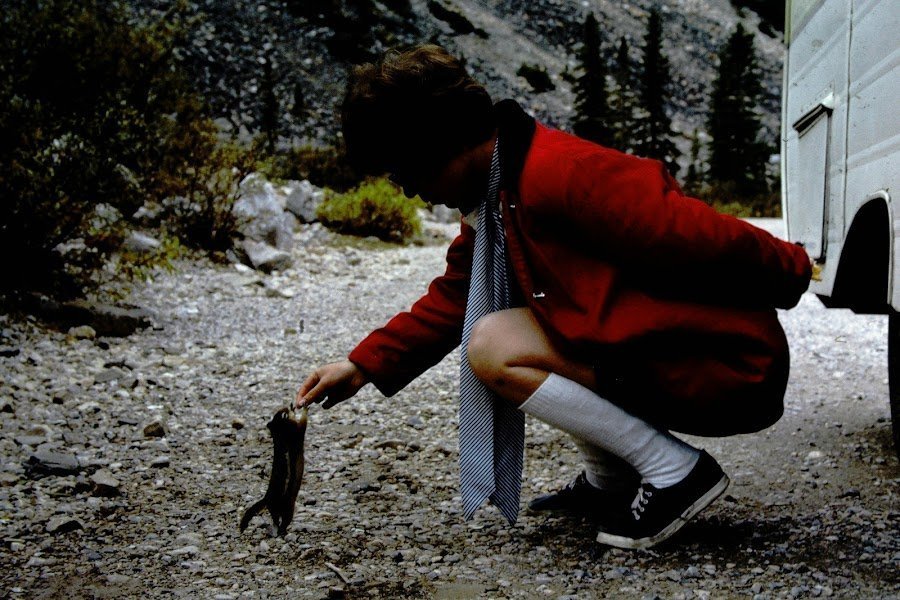Haystack Butte in Glacier National Park is a prominent geological feature along the Highline Trail, offering breathtaking views and challenging hikes. Standing at 7,486 feet, this iconic butte is part of the Garden Wall and provides a stunning backdrop for hikers and photographers alike. The trail to Haystack Butte showcases the park’s diverse flora and fauna, dramatic landscapes, and offers a unique perspective on the Continental Divide.
What Makes Haystack Butte a Must-Visit Destination?

Haystack Butte is a geological marvel that attracts hikers and nature enthusiasts from around the world. Its unique formation and strategic location along the Highline Trail make it a focal point for visitors to Glacier National Park. The butte offers:
- Panoramic views of the surrounding mountains
- Opportunities to spot diverse wildlife
- Access to alpine meadows filled with wildflowers
- A challenging yet rewarding hiking experience
How Can You Access Haystack Butte?

The primary access to Haystack Butte is via the Highline Trail, which begins at Logan Pass. Here’s a quick guide:
- Trailhead: Logan Pass Visitor Center
- Trail Length: 7.2 miles round trip to Haystack Pass
- Elevation Gain: Approximately 275 feet
- Difficulty: Moderate to Strenuous
| Trail Section | Distance | Features |
|---|---|---|
| Logan Pass to Garden Wall | 0.3 miles | Narrow ledge with cable support |
| Garden Wall to Haystack Pass | 2.2 miles | Gradual ascent with mountain views |
| Haystack Pass to Butte | 0.1 miles | Steep climb to summit |
What Are the Best Times to Visit Haystack Butte?
The optimal time to visit Haystack Butte depends on your preferences and goals:
- Summer (July-August):
- Peak season for wildflowers
- Warmest temperatures
-
Busiest time on the trail
-
Early Fall (September):
- Fewer crowds
- Potential for fall colors
-
Cooler temperatures
-
Late Spring (June):
- Snow may still be present
- Waterfalls at their peak
- Fewer visitors
What Should You Bring for a Hike to Haystack Butte?
Preparing for a hike to Haystack Butte requires careful planning. Essential items include:
- Sturdy hiking boots
- Plenty of water (at least 2 liters per person)
- High-energy snacks and lunch
- Sun protection (hat, sunscreen, sunglasses)
- Layers of clothing for changing weather
- Bear spray (available for rent at park visitor centers)
- First aid kit
- Camera for capturing the stunning views
How Does the Geology of Haystack Butte Compare to Other Park Features?
Haystack Butte is part of the larger geological story of Glacier National Park:
- Formation: Composed of sedimentary rock layers formed over 1.6 billion years ago
- Glacial Sculpting: Shaped by glacial activity during the last ice age
- Erosion: Continues to be shaped by wind, water, and freeze-thaw cycles
Compared to other park features:
- Garden Wall: Haystack Butte is an extension of this dramatic ridge
- Mount Gould: The butte is considered an outlier of this larger mountain
- Continental Divide: Haystack Butte sits along this significant geographical feature
What Wildlife Might You Encounter Near Haystack Butte?
The area around Haystack Butte is rich in wildlife. Visitors might spot:
- Mountain goats
- Bighorn sheep
- Marmots
- Pikas
- Various bird species
Note: Always maintain a safe distance from wildlife and never feed animals.
How Can Photographers Capture the Best Shots of Haystack Butte?
For photographers, Haystack Butte offers numerous opportunities:
- Golden Hour: Early morning or late afternoon for soft, warm light
- Wildflower Foregrounds: Use alpine meadows for colorful compositions
- Panoramic Views: Capture wide shots from Haystack Pass
- Wildlife: Be prepared for unexpected animal encounters
- Weather Drama: Stormy skies can add mood to landscape shots
What Safety Precautions Should Hikers Take?
Safety is paramount when hiking to Haystack Butte:
- Check weather forecasts before setting out
- Inform someone of your hiking plans
- Carry bear spray and know how to use it
- Stay on designated trails
- Be prepared for sudden weather changes
- Bring enough water and food
- Start early to avoid afternoon thunderstorms
How Does Climate Change Affect Haystack Butte and Surrounding Areas?
Climate change is impacting Glacier National Park, including Haystack Butte:
- Glacial Retreat: Nearby glaciers are shrinking rapidly
- Vegetation Changes: Tree lines are moving to higher elevations
- Wildlife Habitat: Changing conditions affect animal populations
- Fire Risk: Increased temperatures lead to higher fire danger
What Are Some Lesser-Known Facts About Haystack Butte?
Haystack Butte holds some interesting trivia:
- Named for its resemblance to a haystack
- Part of the Lewis Overthrust, a major geological feature
- Visible from the Going-to-the-Sun Road
- Home to rare alpine plant species
- Played a role in Native American history and culture
How Can Visitors Minimize Their Impact on Haystack Butte?
Practicing Leave No Trace principles is crucial:
- Pack out all trash
- Stay on designated trails
- Respect wildlife and plant life
- Use established campsites if backpacking
- Minimize noise pollution
- Properly dispose of human waste
By following these guidelines, visitors can help preserve the beauty and integrity of Haystack Butte for future generations.
References:
1. Hiking in Glacier – Haystack Pass
2. On-Top.ca – Haystack Butte & the Highline Trail
3. SummitPost.org – Haystack Butte (GNP)